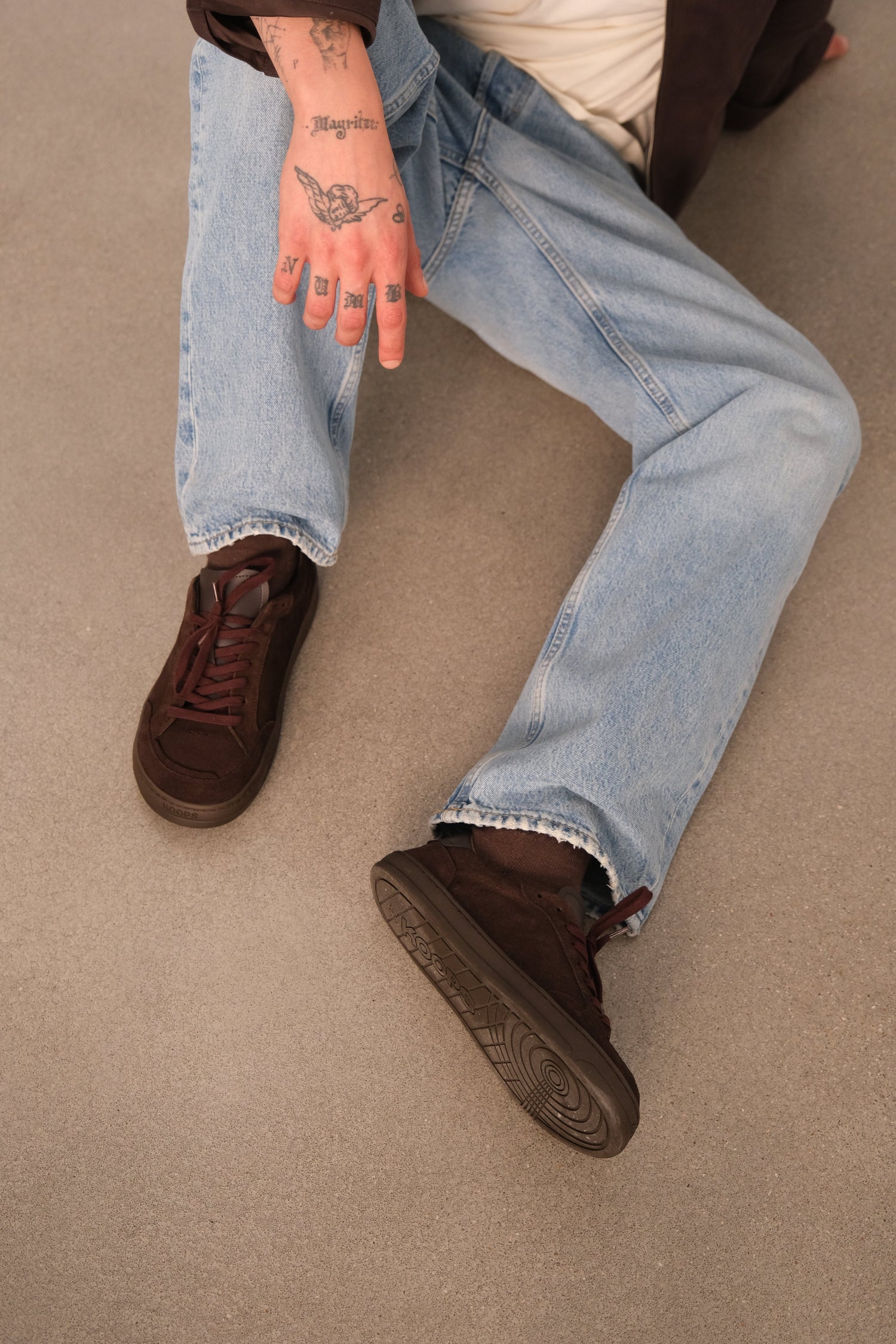Plantar Foot Pain
Why Plantar Foot Pain Appears
Plantar foot pain often develops due to repetitive stress, poor biomechanics, or footwear that doesn’t support natural movement. The sole of the foot contains a complex network of muscles, tendons, and ligaments that work together to stabilize each step. When any of these structures become overloaded or restricted, discomfort begins to appear. Understanding the root cause is essential for choosing effective solutions.
Plantar Foot Pain When Walking: Causes and Warning Signs
Pain that increases when stepping or walking is usually related to mechanical overload. Tight calf muscles, limited ankle mobility, or rigid footwear can force the plantar tissues to absorb more impact than they should. Early warning signs include sharp heel sensations in the morning, burning discomfort under the arch, or tension that worsens after long periods on your feet.

Plantar Foot Pain Near the Toes: What Can Trigger It
When discomfort concentrates near the toes or the ball of the foot, factors such as metatarsal stress, restricted toe movement, or compressed footwear often play a role. Shoes with narrow toe boxes shift pressure forward, leading to irritation in the forefoot. Activities that load the front of the foot, such as running or prolonged standing, can also contribute to inflammation in this area.
Plantar Foot Pain at Rest: When the Foot Hurts Without Moving
Pain that appears even while resting usually indicates accumulated tension or inflammation. This often happens when the plantar fascia or intrinsic foot muscles remain tight after a demanding day. Circulation changes, nerve irritation, or stiff footwear can also cause persistent discomfort, even when the foot is not bearing weight.
Plantar Foot Pain in the Arch: Understanding Its Relation to the Plantar Curve
The arch of the foot plays a key role in absorbing shock and supporting posture. When the arch collapses or becomes overly rigid, the muscles along the plantar curve work harder to stabilize movement. This can lead to soreness, stiffness, or fatigue in the midfoot. Limited mobility in the toes or ankle can further increase tension in the arch area.

Differences Between Muscle Overload and Plantar Fasciitis
Although often confused, muscle overload and plantar fasciitis have distinct characteristics. Muscle overload typically causes diffuse tension that improves with gentle movement. Plantar fasciitis, on the other hand, produces sharp or stabbing pain in the heel or arch, especially during the first steps of the day. Recognizing the difference helps guide the right treatment and avoid chronic discomfort.
How Footwear Type Influences Plantar Pain
Footwear plays a significant role in how the plantar area handles pressure. Shoes with elevated heels, rigid soles, or narrow toe boxes alter natural gait patterns, placing unnecessary strain on the foot. In contrast, footwear that allows the foot to move freely helps distribute load more evenly and encourages a healthier walking pattern.
Natural Ways to Relieve Tension in the Plantar Area
Simple habits can significantly reduce discomfort in the sole of the foot. Gentle stretching of the calves and arches, rolling the foot over a soft ball, and improving ankle mobility all help release tension. Short periods of barefoot movement on soft surfaces can also strengthen the foot’s intrinsic muscles and improve stability.
Can Barefoot Footwear Help You Restore Proper Foot Balance?
Barefoot footwear allows the foot to function without restrictions, strengthening natural movement and reducing excessive pressure on the plantar area. With a zero-drop sole and flexible construction, this design encourages proper alignment from the ground up. Wide toe boxes promote natural toe splay, which supports overall balance. Discover comfortable everyday options in our collection of barefoot adult.

When to See a Specialist if the Pain Persists
If the discomfort does not improve after modifying your footwear and habits, or if the pain becomes sharp and persistent, it is advisable to consult a specialist. Early evaluation can prevent long-term issues such as chronic inflammation or structural changes in the foot.






